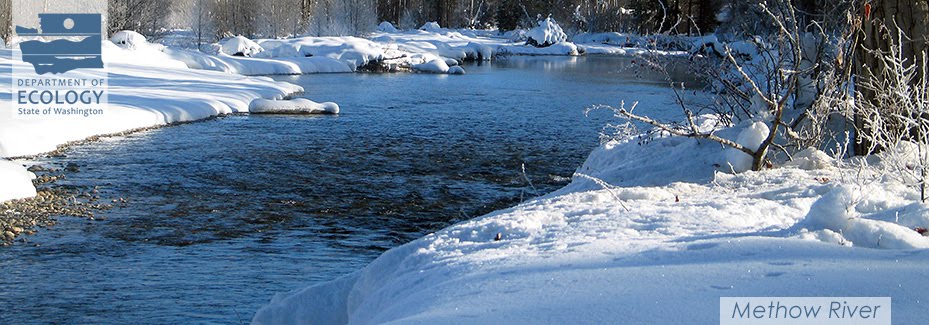 |
| Ecology natural resource scientist John Evered digs for shellfish along Everett's East Waterway. |
Sometimes, though, the work starts on a very small scale.
So that's why a group Ecology staff members, consultants and others recently grabbed some shovels and buckets to start digging along East Waterway, part of Everett's Port Gardner Bay.
 |
| Littleneck clams are common in and around East Waterway. |
They looked for the types and abundance of shellfish -- clams, oysters, mussels -- at some of the waterway's isolated beaches where someone could harvest the bivalves. They dug up and replaced about 275 shellfish in total.
Andy Kallus, who oversees Ecology's cleanup sites around Port Gardner Bay, said the recent dig turned up wood waste in the waterway's sediments. Wood waste smothers organisms in the sediments.
"A lot of the sediment was very black, which is indicative of a lack of oxygen," he said.
The work is just a preliminary step on a long path that will eventually lead to the environmental cleanup of East Waterway.
An industrial history
 |
| An aerial view in the 1930s. |
Since the early 1900s, East Waterway has been used for industrial activities -- primarily for shipping and processing timber, pulp and alumina; deep-water shipping operations by the Port of Everett; and U.S. Navy activities.
A number of environmental investigations beginning in the 1980s found marine sediments contaminated with metals, various chemicals and organic compounds, and high levels of wood waste.
Working with partners
Ecology signed a legal agreement called an agreed order with the Port of Everett, Kimberly-Clark Worldwide, and the Washington State Department of Natural Resources to study and identify hazardous substances in the waterway. This includes upland sources that could potentially release contaminants into the water.
 |
| The Navy's Everett shipyard is shown in the 1940s. |
Ecology is talking with the Navy about a separate legal agreement for potential cleanup. During and after World War II, the Navy used the waterway as a shipyard. An active Navy homeport now operates in East Waterway.
What's next
Kallus said he is working with the port, Kimberly-Clark and DNR to put together a plan for collecting environmental data. That investigation will show the type and extent of contamination in the waterway, as well as potential contamination that could reach the water from nearby upland sources.
Ecology will ask the public to comment on the investigation and collected data, plus possible options for cleaning up the waterway and controlling upland sources.
 |
| A harbor seal enjoys the sunshine while resting on the rafting logs near a Navy vessel in East Waterway. |
By Seth Preston, communications manager, Toxics Cleanup Program

No comments:
Post a Comment